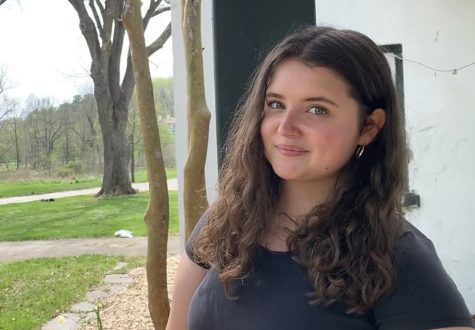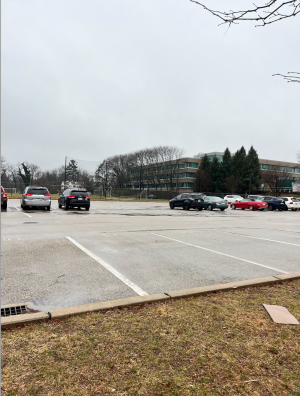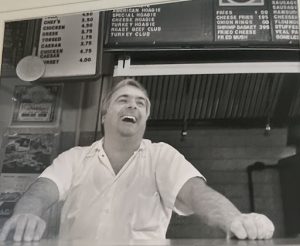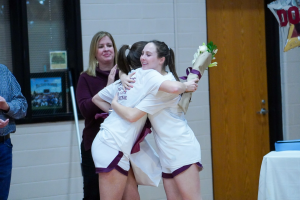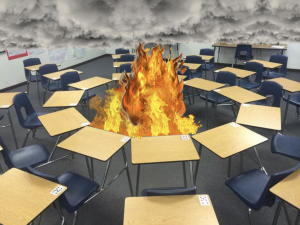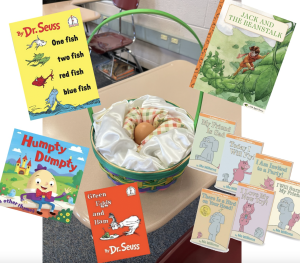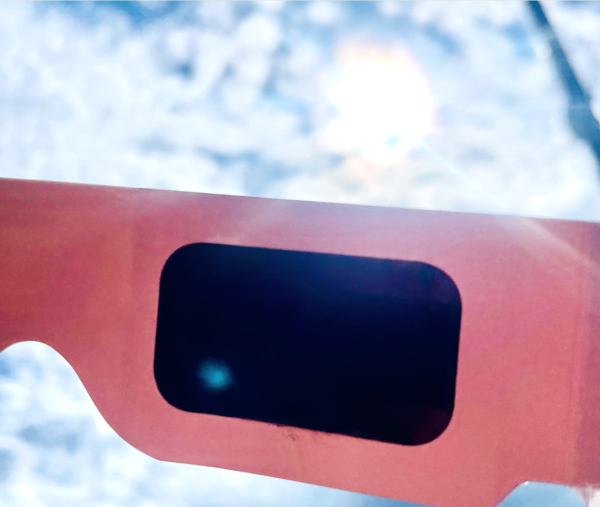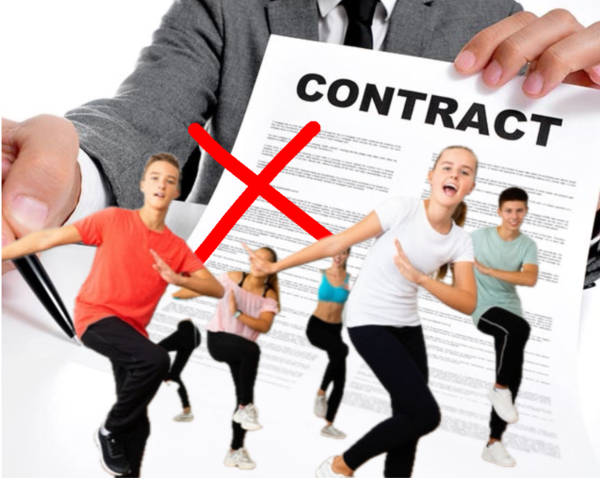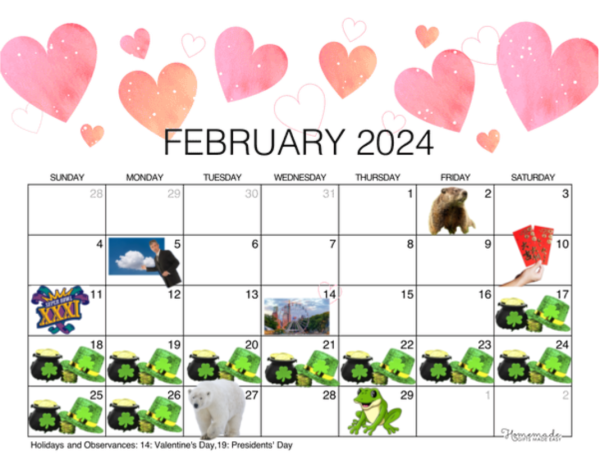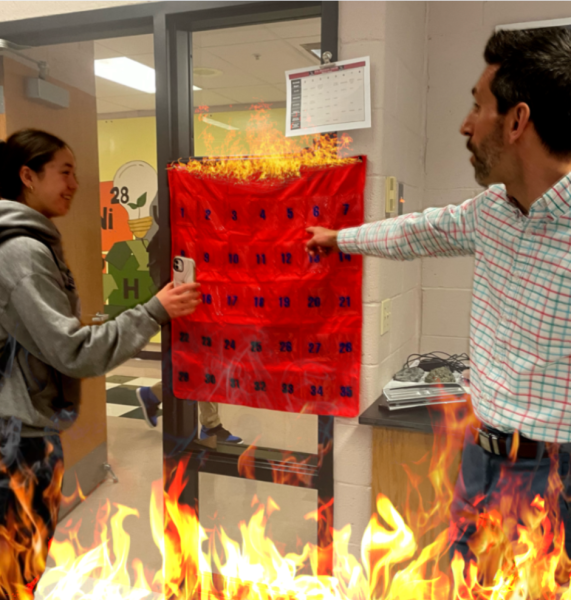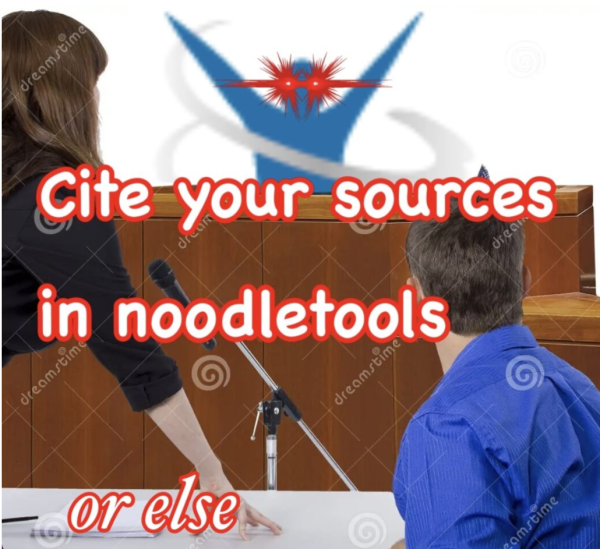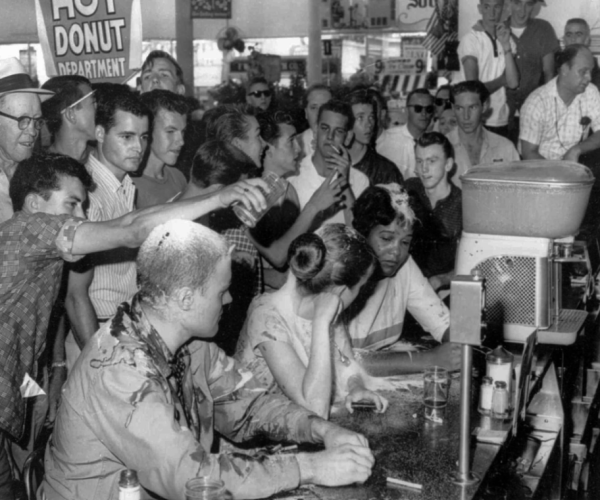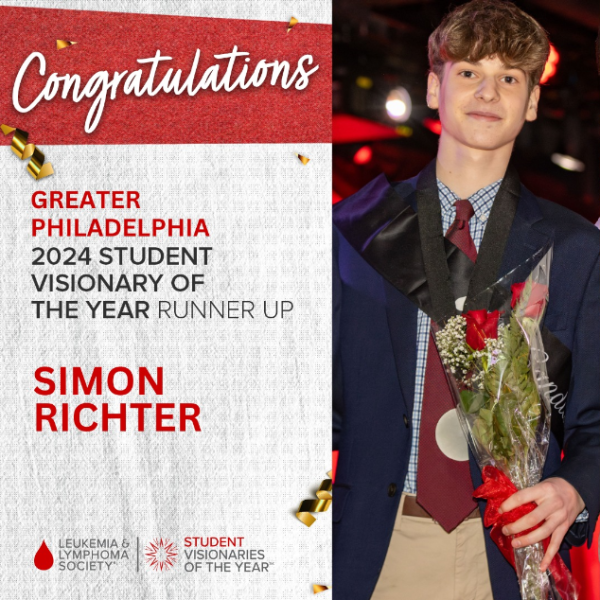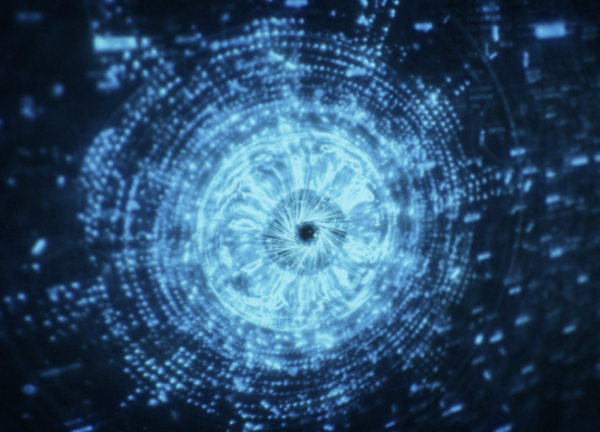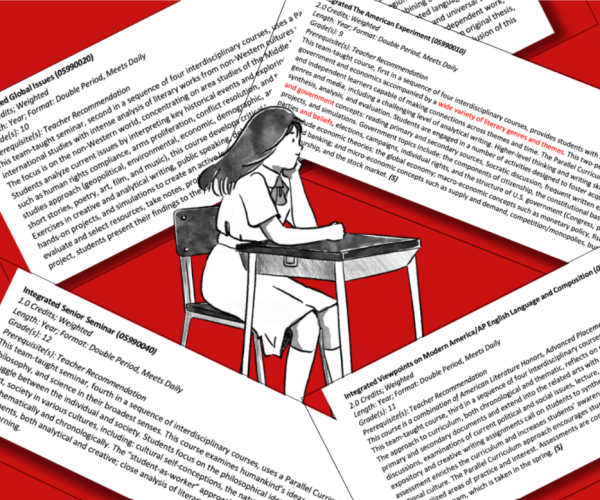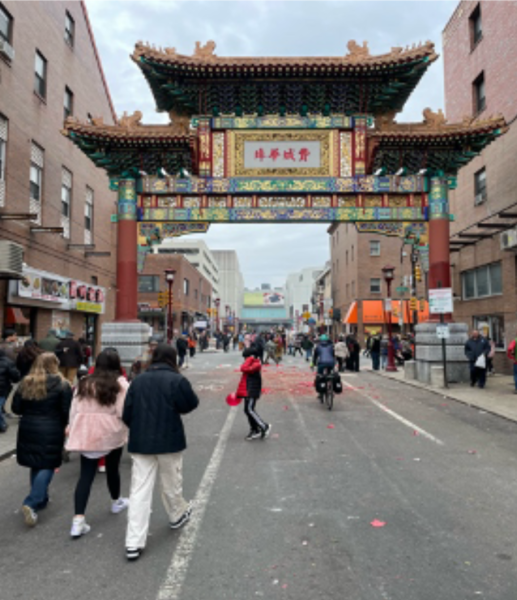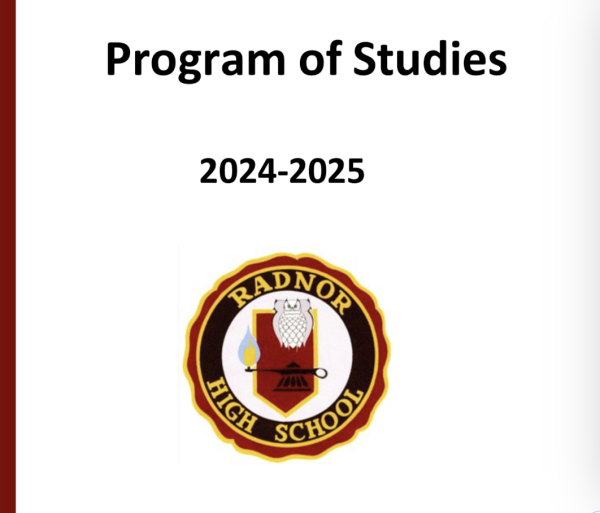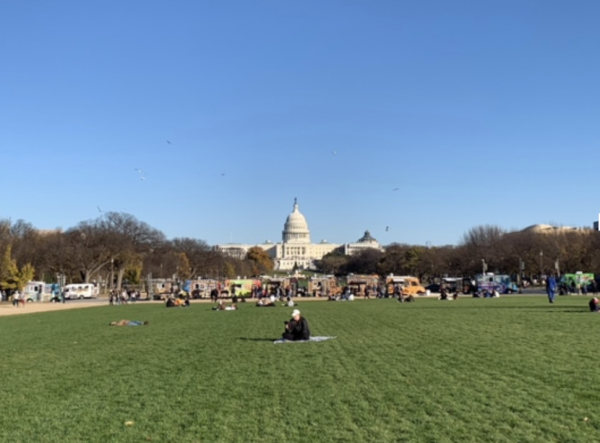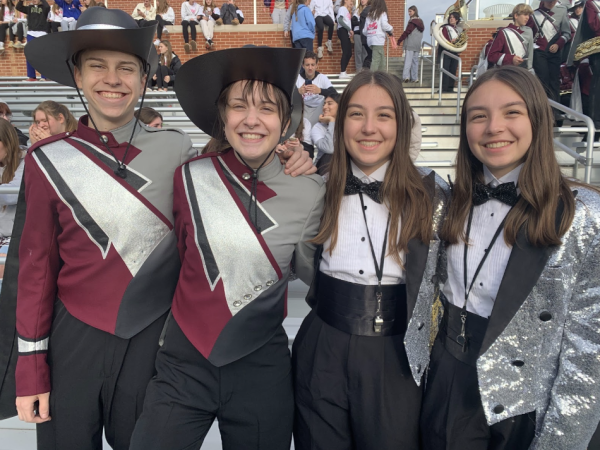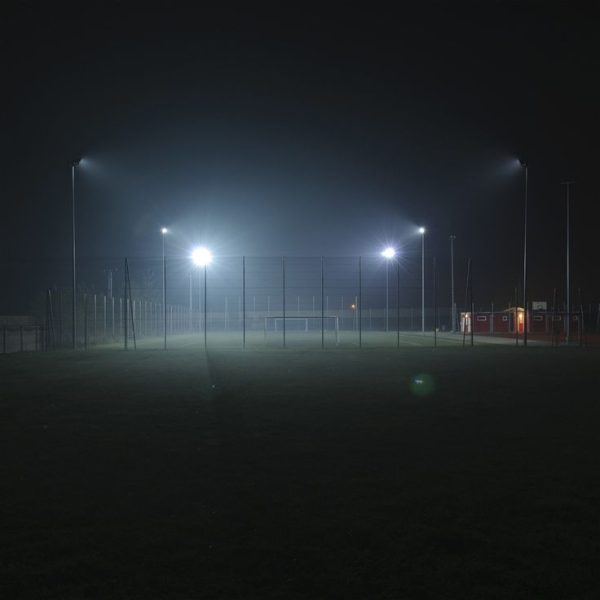Tomahawk Chop Cheer and Other Radnor Controversies
December 13, 2018
I remember sitting in elementary school, coloring pictures of Native Americans and Pilgrims holding hands, hearing stories about friendship and a spectacular meal that led to peace and harmony. It was in middle school when I learned that the story was dangerously simplified. While Pilgrims really did come to Plymouth, Massachusetts, and had a three-day celebration with the Native American Wampanoag tribe, that story is far from complete. Thanksgiving wasn’t declared a national holiday until the Civil War when President Lincoln created it to celebrate Union victories. But prior to President Lincoln, there were other Thanksgiving-like celebrations. In 1637, the massacre of over 700 Pequot people was celebrated by Governor Winthrop and the people of Plymouth with a grand feast. Governor Winthrop even wrote in his journal, “For the next 100 years, every Thanksgiving Day ordained by a Governor will be in honor of the bloody victory, thanking God that the battle has been won.” During this time, Native American scalps were sold to encourage more killings. Slavery and rape of the Native people were also common at the time. Not exactly the picture I was told to color. However, there are many lessons to be learned, one of which is to question everything– every history and every “truth.”
I moved to Radnor in the eighth grade. I remember talking in my classes about Thanksgiving prior to break, hearing not only Thanksgiving history but Radnor history as well. We were once called “Red Raiders,” a reference to the skin color of Native Americans, and for Radnor, the Natives of this region. Even today, media outlets will still incorrectly refer to us as such. The Red Raider, a giant caricature of Native Americans would run down the football field, pumping up the crowd, until 2013, when the mascot “graduated.” The decision was controversial because while current RHS students and board members were involved in the decision, most alumni and many community members were not. These groups were angry that they had been excluded and said that they would have voted the other way. The board meeting was covered by Main Line News.
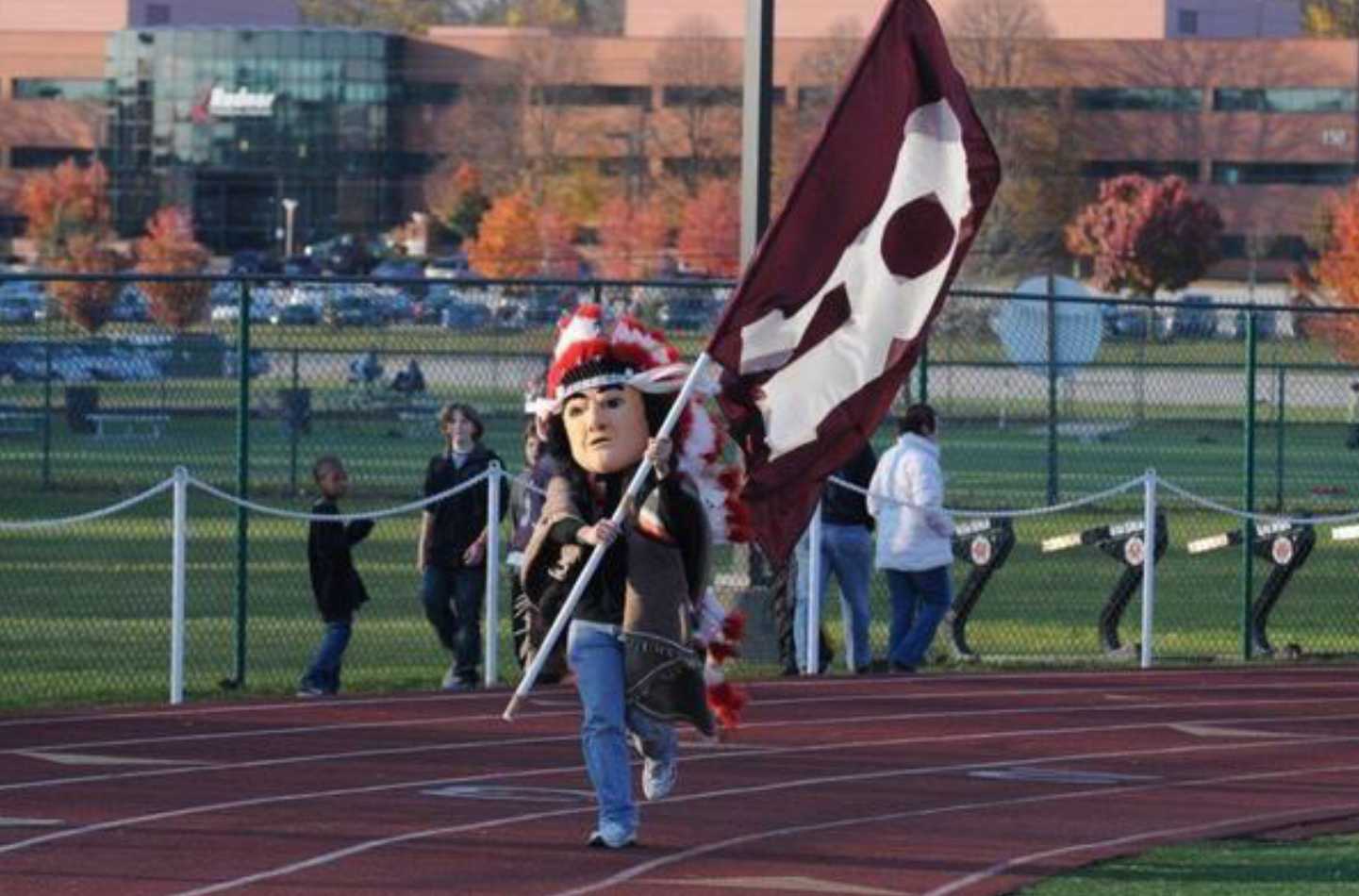
The American Psychological Association believes that Native American mascots are inappropriate and have no place in learning intuitions, according to recent studies. The Former APA President Ronald F. Levant, EdD wrote, “The use of American Indian mascots as symbols in schools and university athletic programs is particularly troubling because schools are places of learning. These mascots are teaching stereotypical, misleading and too often, insulting images of American Indians. These negative lessons are not just affecting American Indian students; they are sending the wrong message to all students.”
Since the majority of students at Radnor High School are caucasian, we need to think about how we are portraying people who don’t attend our school and can’t voice change in our community. The National Congress of Native Americans is the largest activist group of Native Americans, working to end Native American mascots. The organization speaks frequently about this issue with one of their most poignant quotes including, “The intolerance and harm promoted by these “Indian” sports mascots, logos, or symbols, have very real consequences for Native people. Specifically, rather than honoring Native peoples, these caricatures and stereotypes are harmful, perpetuate negative stereotypes of America’s first peoples, and contribute to a disregard for the personhood of Native peoples.” The organization addresses the frequently heard counterargument, that Native mascots are simply honoring Native Americans and their great spirit and traditions. The truth is that many Native people find this kind of honor inappropriate and unwanted. I’m proud that our former mascot ‘graduated.’ I’m proud that Radnor students educated themselves and chose not to be represented by an offensive stereotype.
At the past LM game, fans, energized by the band, packed into the stands. During the game, the band began to play the chop cheer joined by the student section. Later, some friends were doing the chop cheer in class. We were laughing and very enthusiastic, but the look on our teacher’s face stopped us mid-motion. Our teacher briefly explained the racial past of the cheer and encouraged us to research its history. We were taken aback. When I got home, I dove into articles, news coverage, and sheet music. For those that don’t know, the chop cheer is the repetition of the word “chop” coupled with a chopping motion using one of your arms. The act of chopping, refers to the stereotypical violence and aggression of Native people, specifically while using a tomahawk. The cheer called the ‘Tomahawk chop’ or sometimes the “war chant,” originated at Florida State University.
While the origin within the university is unclear, many believe the fraternity, Theta Chi, created the cheer, while inebriated during an FSU game. This is the same university, where many students who claim authorship of the cheer also belonged to a student booster group called “Scalphunters.” The same university that created the cheer we use at our own games. While in 1993 President of Florida State University, Dale Lick, wrote in USA Today about how the battlecry is not endorsed nor used by the university, they cannot stop students from engaging in it. He wrote about the sudden success of the cheer: “who knew that a few years later the gesture would be picked up by other teams’ fans and named the ‘tomahawk chop’? It’s a term we did not choose and officially do not use.” Personally, I find it significant that even the origin school avoids the name and tries to distance themselves from the cheer. Notably, the Seminole tribe in Florida condones the students’ actions and assists in trying to ensure that the representation is as culturally accurate as possible. While this may be the best-case scenario with the local indigenous populations involved, one must wonder how much autonomy local tribes are able to exert with limited resources and authority. As such, the vast majority of Native groups denounce Native American stereotypes for sports teams, deeming them offensive and inappropriate. Despite that, the cheer has traveled to other teams and other schools. Schools like our very own, Radnor High school. When contacted for a statement on the matter Mr. Bechtold, Principal at RHS, responded—
The playing of the Tomahawk Chop song/cheer has been a longstanding tradition at RHS. The Tomahawk Chop originated from Florida State University (FSU) in the 1980s. The Seminole Tribe of Florida’s Tribal Council sanctions the use of the Tomahawk Chop at FSU sporting events, and also approves Chief Osceola and his horse Renegade being the mascots of Florida State University. The Tomahawk Chop expanded to the Atlanta Braves in the 1990s when Deion Sanders played baseball there (Sanders was an FSU student before going Pro). The fact that the Seminole Tribe of Florida supports the use of the Tomahawk Chop at large venues like FSU football games speaks volumes to me. While I know this is a controversial topic, and understand there people on both sides of the issue, there are many alumni, community members and current students in Radnor who are proud to call themselves Raiders. As it has been a long standing tradition at RHS, and as the Native American tribe from which this chant originated is fine with it, I don’t see an issue with us continuing to use the Tomahawk Chop song/cheer at RHS football games.
It’s an interesting distinction- the Seminole tribe did not create the cheer, rather it was inebriated college boys. The Seminole tribe merely condones it at Florida State University. The Lenape tribe comes from southeastern Pennsylvania, the same land our school is built on. However, most Lenape people have moved to Oklahoma, fleeing racial persecution. On their website, they make their stance on Native American mascots and insensitive representation very clear explaining, “Even though some are said to be in an effort to ‘honor our people,’ most are insulting and racist and all reinforce insensitivity and stereotypes. Often our children must visit or attend schools where their race is being caricatured on walls, shirts, jackets and flags. Our proud tribal names, villages, heroes and even rituals are turned into marketing tools and demeaned.” As non-Native people, it’s not our job to decide what is appropriate, it’s our job to listen to the people we’re trying to represent. Native Americans have lived on this land for millenniums. Our “long standing tradition” of the cheer is a mere few decades old.
Today, the cheer is highly valued by our band. The band performs the cheer regularly and it is popular among the Radnor community. A junior in band wrote, “The chop song is something that energizes crowds at football games, the bonfire, and as we parade into the annual LM pep rally. It is one of the band’s favorite songs.” And it’s true. The song is well-loved. Our band does an excellent job of rallying the crowds. They play with contagious enthusiasm, and as they do the cheer, as do we, in the stands. Band members, like sophomores Alex Paino and Rafael Hollero, don’t believe that many students are aware of the cheer’s story. “People do not [know its history]. I didn’t know it could be offensive until a couple weeks ago, when I was told. A lot of people I talked to also didn’t know.” Alex Storrer, Drum Major for the RHS Band and Senior Class President wrote—
While I understand that many people’s points of view about how the chop cheer and Native American symbols can seem racist, I feel as if in the context that they are used, there is no intent to marginalize or objectify any particular culture. I believe that we use the chop chant and the ‘Red Raiders’ because we are glorifying the intensity and power associated with the culture, rather than poking fun at it.
Despite the best of intentions, we cannot always see the outcome of our actions. But when we recognize a mistake, a lapse of judgement, we must work diligently to remedy it. Respect and responsibility are traits Radnor prides itself on, so are we to ignore the irony every Friday in the fall?


